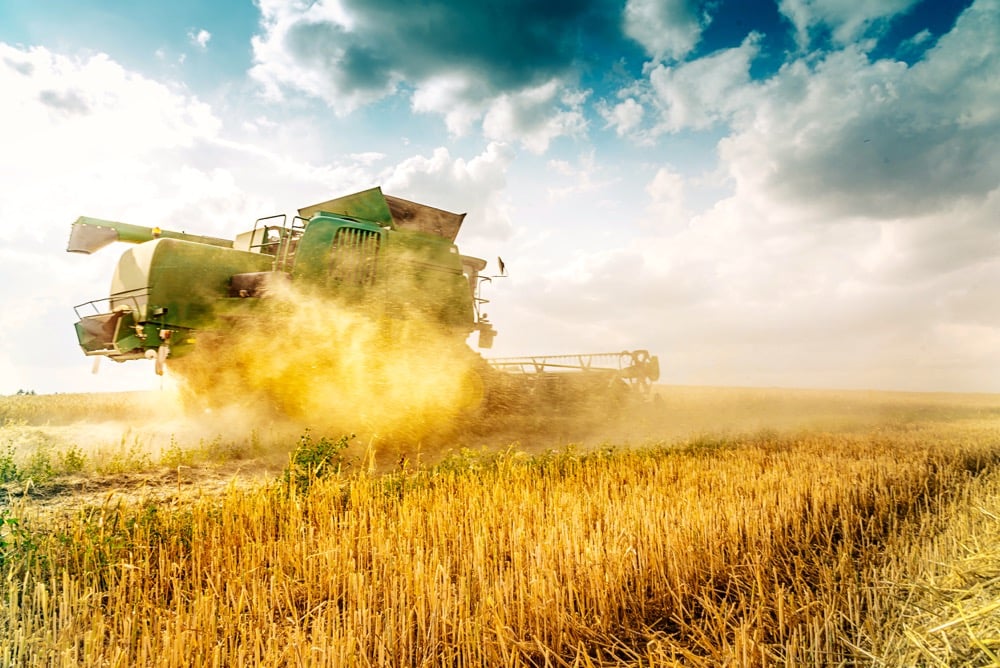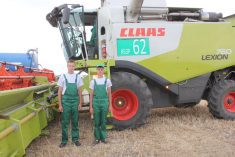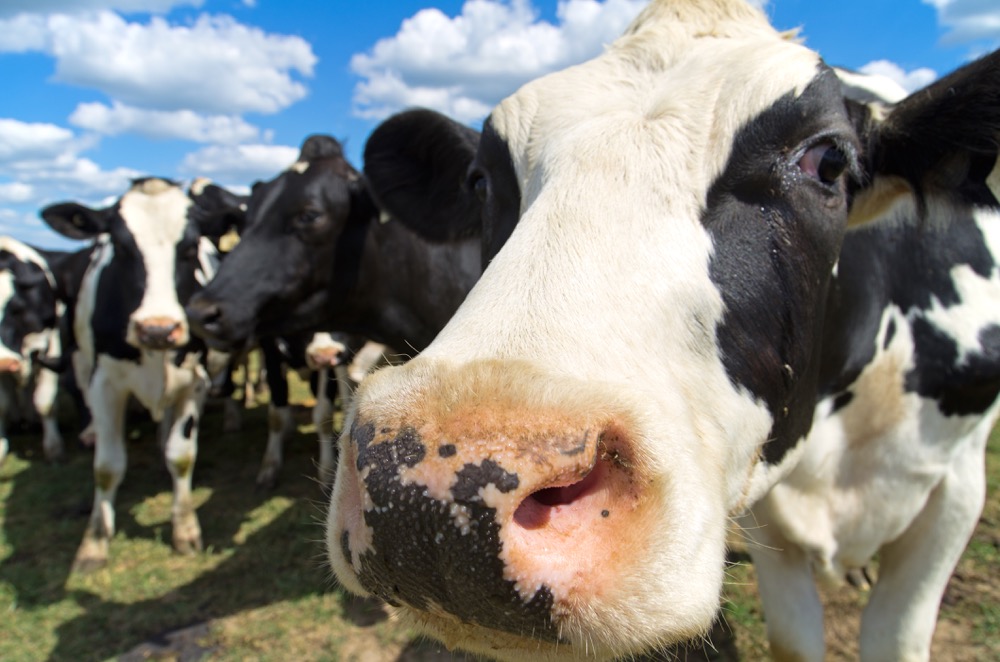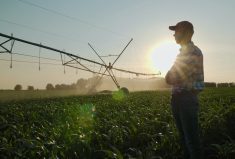I learned a lot about farm safety while sailing this summer.
We set off for a week of fair skies, light winds and glorious sunsets, which were delivered in breathtaking beauty. On our first day out, a Minke whale graced our port side, followed during the week by porpoises and four humpback whales. Eagles soared, fish jumped and waves lapped while all else was silent, broken only now and then by the powerful engine of a speed boat.
If it sounds perfect, it was, but you don’t come home from the sea rested. You come home exhausted, changed and a wee bit wobbly.
Read Also

Guarding against misinformation: Do you believe in house hippos?
Misinformation and disinformation run rampant in today’s digital age. Farmers must be wary of the digital dangers and know how to keep themselves safe.
The exhaustion was not from sleepless nights, even when a late wind rocked our floating cradle. The exhaustion you feel when you drop the last sail and traverse into dock is the same kind that you feel when you have harvested the last field or baled the last bale.
It is a good, satisfied kind of weary.
Like the harvest, sailing requires full attention to detail, a keen appreciation of the weather and an acute respect for staying safe.
More with Brenda Schoepp: Times have changed, and so must the way you treat employees
One evening we witnessed a sailboat towed into bay by a tiny flat-bottomed vessel, called a punt, driven by a young woman in a summer dress. Nothing unusual there and she was a skilled operator.
We casually noted she was instructed to tow the 34-foot boat near shore, where it then high centred. That’s serious business for a sailboat because it has a keel that will weigh at least several tonnes and could be of any depth. The purpose of the keel is to keep the boat upright and prevent the wind from blowing it sideways.
At first the tiny punt tried pulling the boat ahead. When that did not work, a rope from the top of the mast, which would have been around 40 feet high, was dropped and tied to the punt. When tugged, it caused the sailboat to list to the side. To complicate the situation, a young child was alone on the boat and there was a diver underneath. We held our breath. If the keel was released or the rope snapped, the child, the diver and the woman were all at risk.
Finally, one of the powered fishing boats intervened and with one mighty tug from the bow, the sailboat was freed. We heaved a sigh of collective relief.
It reminded me of the many unsafe pulls I have witnessed.
A rope with that kind of torque is fatal if snapped. And what of the child? How often have children been left in, on or around equipment that is industrial in size and unforgiving in nature? And the diver? Do we look under or around each vehicle, tractor, harvester, implement, horse, power line or auger each and every time?
When at sea, there is no room for a mistake, for there is only cold water with a conscious survival time of 15 minutes – less if you are not wearing a flotation device.
Before we sailed, our morning was spent on rules that centred around critical training for ‘man overboard.’ Here are the rules: One person does not take their eyes off the victim, one navigates the boat, one throws out a lifeline. There are no exceptions to the order because survival depends on understanding your role on the team when there is a crisis.
I thought about this in terms of farm safety and I challenge every farm to have a shared plan and go with the ‘man-overboard’ discussion at the beginning of the season, week or day.
Does your team know what to do if there is a major breakdown, stuck vehicle, heart attack, limb severance, fire, crash, child injury, suffocation, mental breakdown, diabetic coma, electrocution, spine injury or livestock-caused event?
More importantly, have they been given the tools, training and support to know how to prevent a crisis?
I noted that every morning before sailing, the charts were carefully consulted. Just as in farming, the location of the field may be the same, but getting there or something within it could have changed. At sea, the tide, current, wind, water depth and underwater hazards are carefully evaluated and continually assessed.
When the entire team, including the cook, knows the plan and route for the day, then – and only then – do we leave harbour.
On the boat you live and work in an extremely small space; four of us navigating in an area the size of a large combine cab. We have to continually communicate and work as a team. This experience can be life changing, but it was made easy with a high level of communication and trust that came from the rules and the shared daily plan.
We owe it to our families and employees to educate ourselves and then take the time to set out an action plan for each day, including post-harvest, when tired bodies and wobbly limbs come safely home.
















